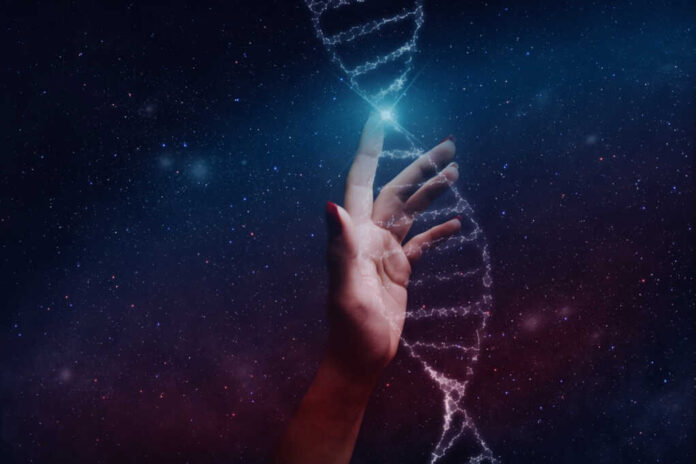
Japanese scientists have developed a CRISPR gene-editing technique that can remove the extra chromosome causing Down syndrome, potentially transforming treatment approaches while raising profound ethical questions about genetic intervention.
At a Glance
- Down syndrome affects 1 in 700 births globally and is caused by an extra copy of chromosome 21
- Researchers at Mie University have successfully used CRISPR-Cas9 to remove the extra chromosome in human cells
- The edited cells showed improved growth and restored normal gene expression patterns
- The technology is still experimental and faces significant technical and ethical challenges before human application
- Many individuals with Down syndrome and their families express concerns about efforts to eliminate the condition
Breakthrough Technology Targets Genetic Root of Down Syndrome
Scientists at Japan’s Mie University have developed a groundbreaking approach using CRISPR-Cas9 gene-editing technology to target and remove the extra chromosome 21 that causes Down syndrome. This innovative method could potentially address the genetic root of Down syndrome rather than just treating its symptoms. The research team designed specialized CRISPR guides for allele-specific editing, creating a targeted approach that can distinguish between the three copies of chromosome 21 present in cells of people with Down syndrome.
CRISPR-Cas9 works by using an enzyme to identify and cut specific DNA sequences, allowing researchers to modify genes with unprecedented precision. The Japanese team’s approach aims to normalize gene expression in Down syndrome cells by removing the additional chromosome that disrupts normal cellular function. This represents a significant advance over previous treatment approaches that focus on managing symptoms rather than addressing the underlying genetic cause.
Promising Early Results in Laboratory Studies
The proof-of-concept study, published in PNAS Nexus, demonstrated that skin fibroblasts from individuals with Down syndrome grew faster after chromosome correction. The researchers found that the edited cells showed improved expression of genes related to nervous system development and metabolism, suggesting that removing the extra chromosome could potentially alleviate some of the condition’s effects. By temporarily suppressing the cell’s natural DNA repair mechanisms, the team increased the efficiency of chromosome removal.
The research team also highlighted that their method was effective in both dividing and non-dividing cells, suggesting potential future applications for neurons and glial cells in the brain, where many Down syndrome symptoms originate. However, the technology still faces significant challenges, including ensuring that only the extra chromosome is removed without affecting healthy chromosomes or causing unintended genetic changes elsewhere in the genome.
Ethical Debates and Perspectives from the Down Syndrome Community
The possibility of genetically “correcting” Down syndrome has sparked intense ethical debates, particularly among individuals with the condition and their families. Many express concern that pursuing genetic elimination of Down syndrome devalues the lives and experiences of those living with the condition. In countries like Iceland, prenatal screening and selective abortion have already nearly eliminated Down syndrome births, raising questions about societal attitudes toward genetic diversity.
Down syndrome is associated with various health challenges, including congenital heart defects, digestive and immune problems, and a higher risk of Alzheimer’s-related dementia. The extra chromosome increases production of amyloid precursor protein, potentially contributing to earlier onset of Alzheimer’s disease in those with Down syndrome. While addressing these health concerns is important, many advocates emphasize that Down syndrome also brings unique perspectives and contributions to families and society.
Technical Challenges and Future Directions
Despite promising laboratory results, researchers acknowledge that the technology is far from ready for human clinical applications. One major challenge is safely delivering the CRISPR components to all relevant cells in a living person. The brain, which is affected by many Down syndrome symptoms, presents particular difficulties for therapeutic delivery. Scientists are exploring non-DNA cutting methods and more efficient delivery systems that could eventually make clinical applications possible.
The research could potentially benefit other chromosomal conditions beyond Down syndrome, opening new therapeutic possibilities for various genetic disorders. Cellular therapies using stem cells and CAR T-cells are also showing promise in improving Down syndrome clinical outcomes. As these technologies advance, society faces important decisions about their appropriate use and regulation, balancing potential benefits against ethical concerns about genetic modification and human diversity.


















